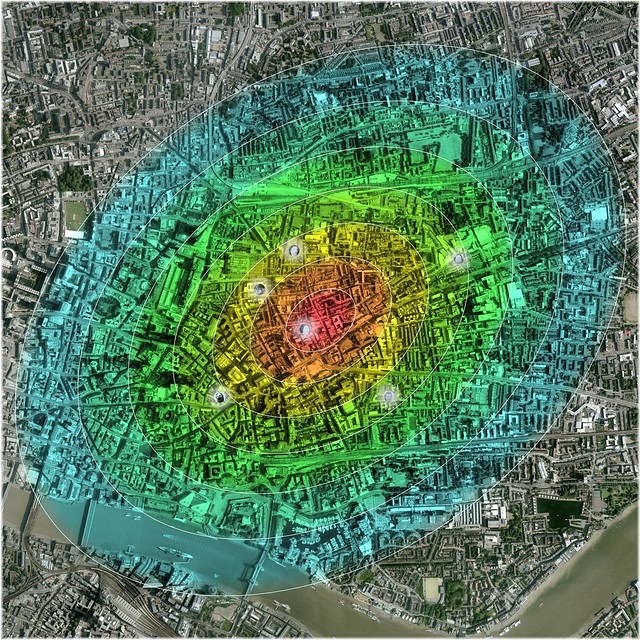Putting it differently, I would prefer a map with the red areas following his working routes, drifting off into yellow and green as we move away sideways from these routes.
The circle shape is based on the thought that the killer had a lair he worked from, walking off in all directions from this centre to make it harder to detect him.
But with somebody who killed en route to work, a circle will not represent the true centre of such a killers actions, since that centre would be street-shaped and as long as his work trek was.
And I donīt think he made an effort to obfuscate this street centre of his.
If that makes sense?
The best,
Fisherman
The circle shape is based on the thought that the killer had a lair he worked from, walking off in all directions from this centre to make it harder to detect him.
But with somebody who killed en route to work, a circle will not represent the true centre of such a killers actions, since that centre would be street-shaped and as long as his work trek was.
And I donīt think he made an effort to obfuscate this street centre of his.
If that makes sense?
The best,
Fisherman






Comment